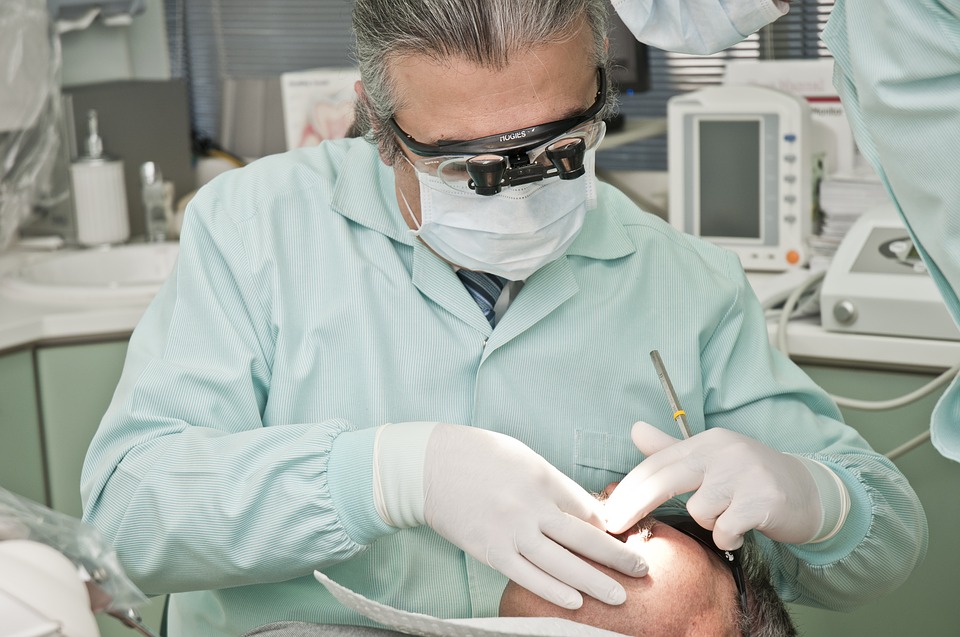Dylan Stoll | Health Editor
Featured Image: Artificial enamel may be available in the future as a means of repairing damaged teeth. | Courtesy of Pixabay
If there is any bill that people dislike the most, it’s probably the one we receive after visiting the dentist. According to a 2014 report by the Canadian Academy of Health Sciences, Canadians spend approximately $12 billion per year on dental services. Although about 80 per cent of the Canadian workforce has coverage under extended health insurance, the entire bill is often not paid for and can cost families a considerable amount of money.
But what if, instead of costly fillings, root canals, dentures, or implants, one could simply regrow their damaged teeth?
Researchers in China have developed a liquid solution capable of doing just that—sort of. The solution, as described by biomimetics and materials scientist Zhaoming Liu, co-leader of the study, is a “rationally designed material composed of calcium phosphate ion clusters and can be used to produce a precursor layer to induce the epitaxial crystal growth of enamel apatite, which mimics the biomineralisation crystalline-amorphous frontier of hard tissue development in nature.”
So in essence, the solution, referred to as a new collection of calcium phosphate ion clusters (CPIC), fuses to the originally damaged native enamel as an artificial enamel layer.
When tested on donated human teeth, after 48 hours, a thickness of 2.8 micrometers was achieved. This is hundreds of times less than what would be required, but with multiple applications and improvements to the solution over time, the researchers are confident that CPIC will be ready for human trials.
“We hope to realize tooth enamel regrowth without using fillings which contain totally different materials and we hope, if all goes smoothly, to start trials in people within one to two years,” said Liu.
But of course, like every FDA approved substance, it must pass rigorous tests to confirm that it is perfectly safe for human use. When producing the solution, a toxic stabilising compound called triethylamine is required. Due to its toxicity, the team needs to prove without a doubt that triethylamine will not be in the final product. The researchers said that the compound evaporates with ethanol, another component of the production process, but to confirm its non-toxicity, CPIC is currently being tested on mice.
Though CPIC may be a game changer in dentistry, it is doubtful that it will be available at your local clinic any time soon. Until then, keep flossing, brushing, gargling that Listerine, and try not to ignore your dentist’s friendly reminders for a check-up.


